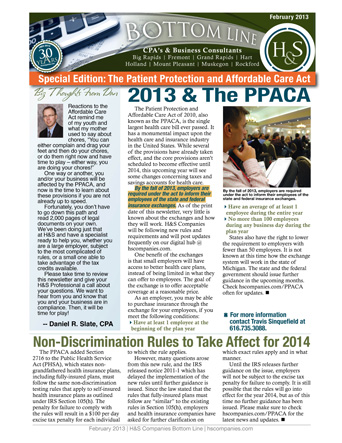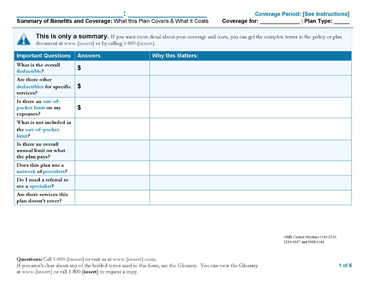How Are the Exchanges Funded?
 One big question many people have is, “who is going to be paying for the exchanges being setup by the states and federal government”. In reality, the burden will fall upon both employees, who receive coverage through a group health insurance plan, and also those who are eligible to purchase through the exchange.
One big question many people have is, “who is going to be paying for the exchanges being setup by the states and federal government”. In reality, the burden will fall upon both employees, who receive coverage through a group health insurance plan, and also those who are eligible to purchase through the exchange.
Starting in 2014, all group health insurance plans will be charged a fee of $63 per participant per year. This fee is charged to the insurance company, but the cost will be passed on to the employer, and subsequently to the employee through an increase in their health insurance deduction.
In addition, insurers who wish to participate in the new exchanges will be charged a 3.5% fee on the premium amount for policies sold through the exchange. Once again, this is a fee that will ultimately be passed on to the individuals purchasing through the exchange.
Employers, employees, and those who may be eligible to purchase through the exchange need to be aware of how these fees will increase their share of the cost of obtaining insurance coverage.
To learn more about the PPACA visit the H&S Companies PPACA webpage or download our February newsletter.
Have questions about how the exchanges will affect your business? Contact HR Manager Travis Sinquefield.
 Travis Sinquefield
Travis Sinquefield
HR Manager
616.735.3088
traviss@hscompanies.com






 Mike Farmer
Mike Farmer

 Because of changes enacted by the Affordable Health Care Act, health care coverage for an employee’s children, through age 26, is generally tax-free. Employees who are eligible to contribute to cafeteria plans are allowed to make pre-tax contributions to pay for this expanded benefit. The IRS considers a child to be one’s son, daughter, stepchild, adopted child, or eligible foster child.
Because of changes enacted by the Affordable Health Care Act, health care coverage for an employee’s children, through age 26, is generally tax-free. Employees who are eligible to contribute to cafeteria plans are allowed to make pre-tax contributions to pay for this expanded benefit. The IRS considers a child to be one’s son, daughter, stepchild, adopted child, or eligible foster child. On Thursday, June 28, 2012, the Supreme Court upheld the individual mandate in the Affordable Care Act. This means that small businesses will continue be offered a tax credit of up to 35% (or up to 25% for non-profits) to help offset the cost of providing insurance to their employees that began in 2010. Beginning in 2014, that rate will increase to 50% and 35%, respectively. This is both a credit and a deduction meaning that because the health insurance premium payments are worth more than the credit, some eligible businesses will be able to deduct the amount by which the premium payments exceed the credit.
On Thursday, June 28, 2012, the Supreme Court upheld the individual mandate in the Affordable Care Act. This means that small businesses will continue be offered a tax credit of up to 35% (or up to 25% for non-profits) to help offset the cost of providing insurance to their employees that began in 2010. Beginning in 2014, that rate will increase to 50% and 35%, respectively. This is both a credit and a deduction meaning that because the health insurance premium payments are worth more than the credit, some eligible businesses will be able to deduct the amount by which the premium payments exceed the credit.